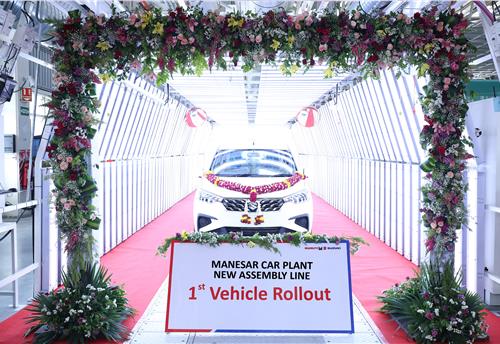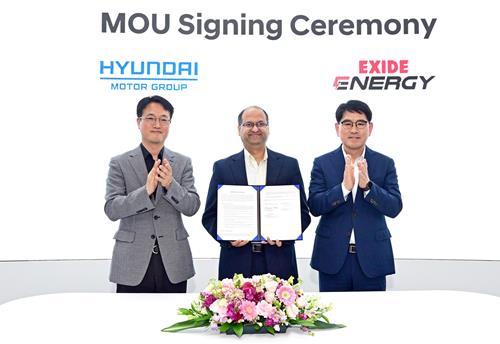Auto suppliers must introspect their future readiness, prepare for EVs: ACMA-SIAM
Apex industry bodies host conference in Pune to discuss the roadmap for electric mobility in India.
The advance of electric mobility and its impact on the automotive component industry, component manufacturers and suppliers and their sustainability is reverberating throughout the world. It is no different in India as industry explores, debates and brainstorms the way ahead to stay relevant in the future.
Apex industry bodies ACMA and SIAM organised a national conference and technology display in Pune on March 6, 2018 to discuss the roadmap for electric mobility in India. The day-long conference, which was supported by Roland Berger with its recent findings on the mass adoption of EVs (in India) in the foreseeable future, was on the theme of ‘Stakeholders Consultation for Roadmap on Electric Mobility in India.’
Nishant Arya, executive director, JBM Group and also the co-chairman for electric mobility committee at ACMA; Dr AK Jindal, VP, Tata Motors (representing SIAM); Jeffry Jacob, partner, Roland Berger; Piyush Munot, director, KCTR Varsha Automotive and co-chairman, ACMA (Western Region); May Arthapan, Asia Pacific director, LMC Automotive; Naoyuki Furukawa, division group head – car electronics division group, Shindengen Electric Manufacturing Company; Chinmay Pandit, AVP & head – Alternate Powertrain Technologies (Revolo) at KPIT; Umesh Shah, COO, commercial vehicle & railways business unit, Gabriel India; Anand Deshpande, deputy director & head automotive electronics department, ARAI and other senior industry delegates attended the conference. Anil Srivastava, advisor and DG, DMEO, NITI Aayog, was the chief guest, who was present in the first session via video conferencing from Delhi.
Citing a few interesting estimates from the Roland Berger study on the market potential for EVs in India, Jacob revealed that the EV penetration rate could stand in the range of 15-18 percent for four-wheelers, about 35 percent in two-wheelers and 46-63 percent in the three-wheeler segments by 2025. However, the study also predicts that the transition from ICE engines to pure electric technology would drastically cut down the number and types of components required to assembly vehicles currently.
“Let’s assume if a conventional vehicle requires 125 different parts currently, this count will be reduced to only 24-25 parts per vehicle under the adoption of electric vehicles in India. This is about 80 percent reduction in the total parts required for a vehicle under the EV regime,” said Munot quoting the Roland Berger study.
Fewer moving parts in EVs clearly indicate reduced maintenance costs thus potentially impacting the aftermarket too. EV adoption, as per the study, could negatively impact the aftermarket revenues by around 8 percent by 2025.
Although the industry delegates were of the consensus that the market for ICE vehicles will continue to offer plum opportunities in the foreseeable future, they also underline the important of evaluating the different domains and competencies to work towards remaining future proof.
“The EV R&D efforts in India are 5-8 years behind global developments in a rapidly evolving industry. Even not considering the impact on the domestic market, the technology gap is expected to hurt the (component) exports significantly. xEV technologies are maturing and require high investments leading to substantial technology risks,” quotes the Roland Berger study.
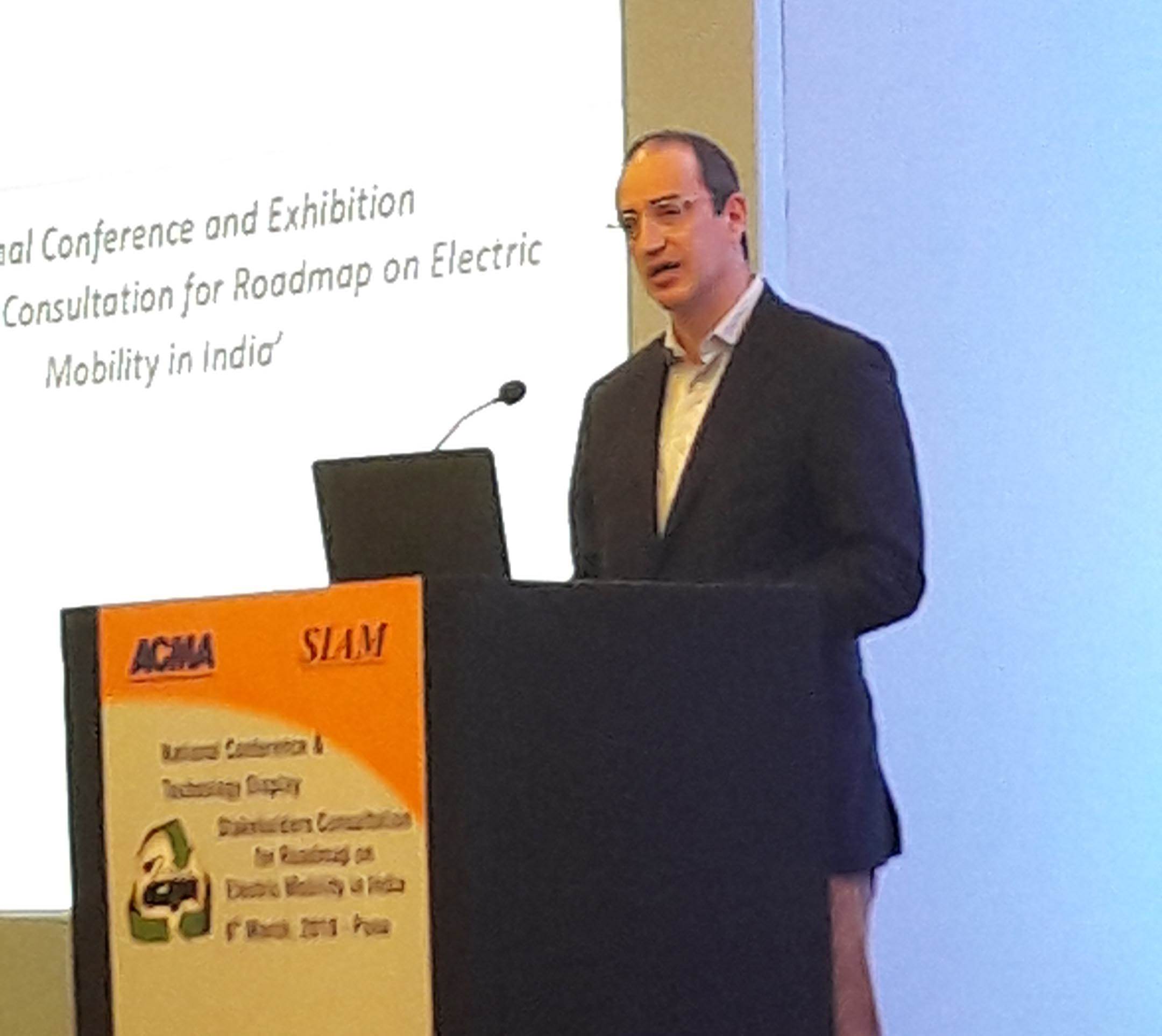
Antoni Vives of The City Transformation Agency, Barcelona (pictured above), who is also an international consultant to the government of India on the smart city and electric mobility projects, said, “If you are able to combine the production of solar energy with the EV charging infrastructure, the problem of mass adoption of EVs is solved.” Vives is the auto industry veteran who has previously worked with the Nissan Motor Company. He is also credited to have led a number of smart city projects in Barcelona, Spain.
Meanwhile, Arthpan of LMC Automotive had a conservative estimate of the EV penetration in the passenger vehicle (PV) segment in India by 2030. It estimates that the EV penetration could be around 9 percent of overall PV fleet in India by 2030. This is against SIAM’s target of reaching upto 40 percent by 2030.
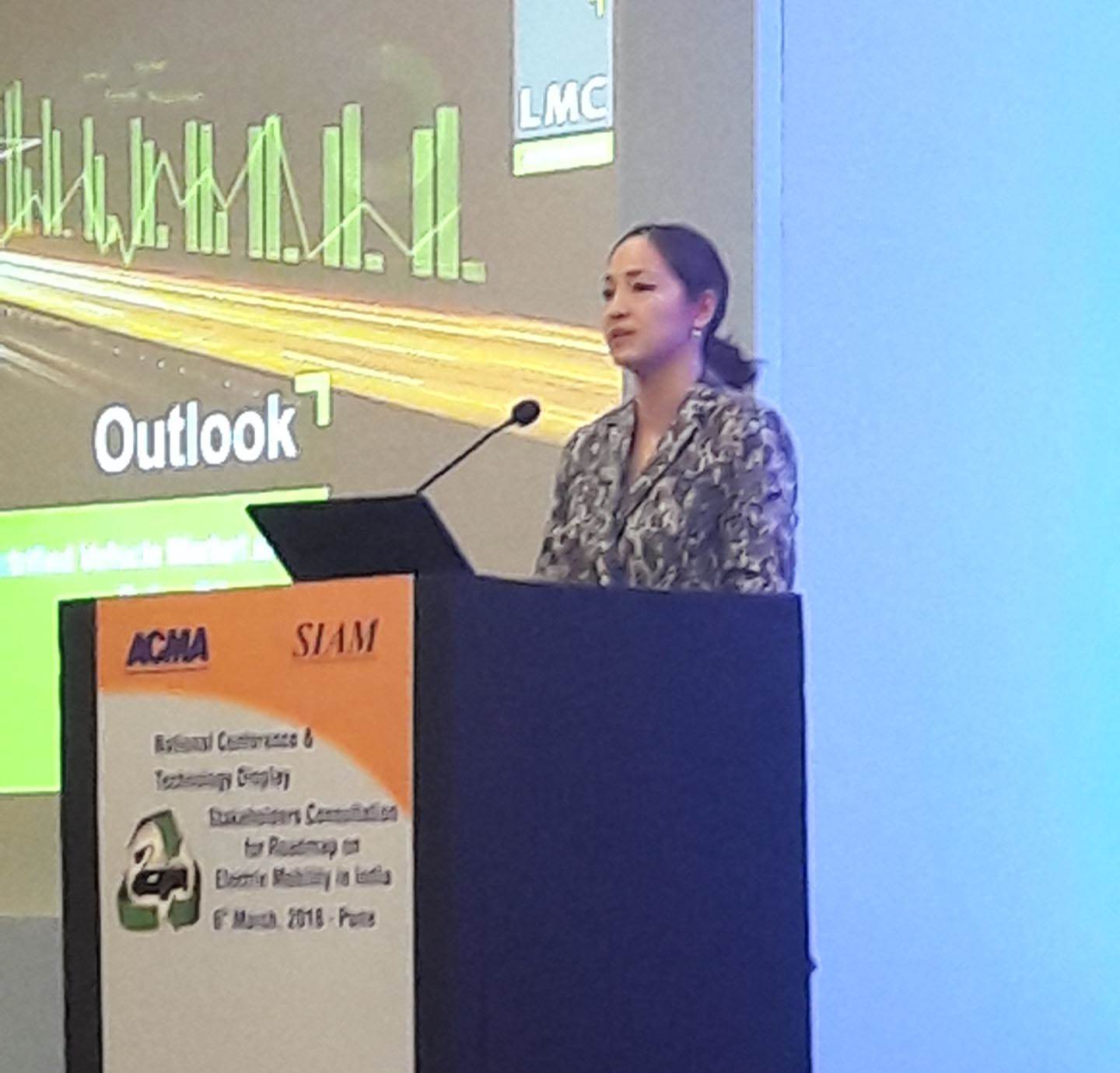
Arthapan (pictured above) also highlighted that the EV demand in Asia is expected to grow significantly (including hybrids and pure electrics) with concentrated expansion in China where hefty fines are levied for non-compliance. “India could potentially see scalable volumes for EVs but there are risks associated with the volumes. The rest of Asia will struggle to promote EV adoption due to multiple challenges including high technology and charging infrastructure costs, absence of supply chain for EV production ecosystem,” she added.
Giving an OEM perspective, Jindal of Tata Motors highlighted that his company is working on developing new technologies around the domains of vehicle control strategy, EV and hybrid battery development, traction system development, high voltage components and safety, NVH refinements, durability testing and customer trials and light weighting.
Companies such as Tata Motors, JBM Auto (and several other OEMs) appear to have prepared a viability gap analysis comparing the cost of ownership of an electric car versus a conventional car, based on certain assumptions. Their findings majorly conclude that the drop in battery prices will play the main trigger point in the mass adoption of EVs worldwide.
GREEN BUS TO A CLEANER FUTURE
According to the representatives from Tata Motors, KPIT and JBM Auto, the total cost of ownership of an electric bus would be more favorable but over a certain span of years (of operations).“A smart electric bus can make big impact under four heads – clean, connected, comfortable and safe technologies. While mass adoption of electric buses can lead to lower oil imports, through connecting tech they can offer better scheduling and provide higher efficiency to the operators, along with providing superior driving (for driver) and riding experiences for the passengers. Smart electric buses can also offer real time tracking and advanced safety features,” mentioned Pandit of KPIT.
KPIT has tested its electric bus at Bandipur forest reserve. “We have very positive feedback on it. We tested the electric bus there for 42 days of trial, completed 76 safaris. We have covered 2,700 kilometres. The bus is a 16-seater with a running range of 100 kilometers,” disclosed Pandit.
Arya of the JBM Group and Pandit of KPIT jointly reiterated the need for proactive government push, fiscal incentives and zero GST (and reduced tax burden at the state level) on the electric mass transport system. They also suggested that the government can revise its approach via STUs that work as operators of the intra-city bus transportation system across cities.
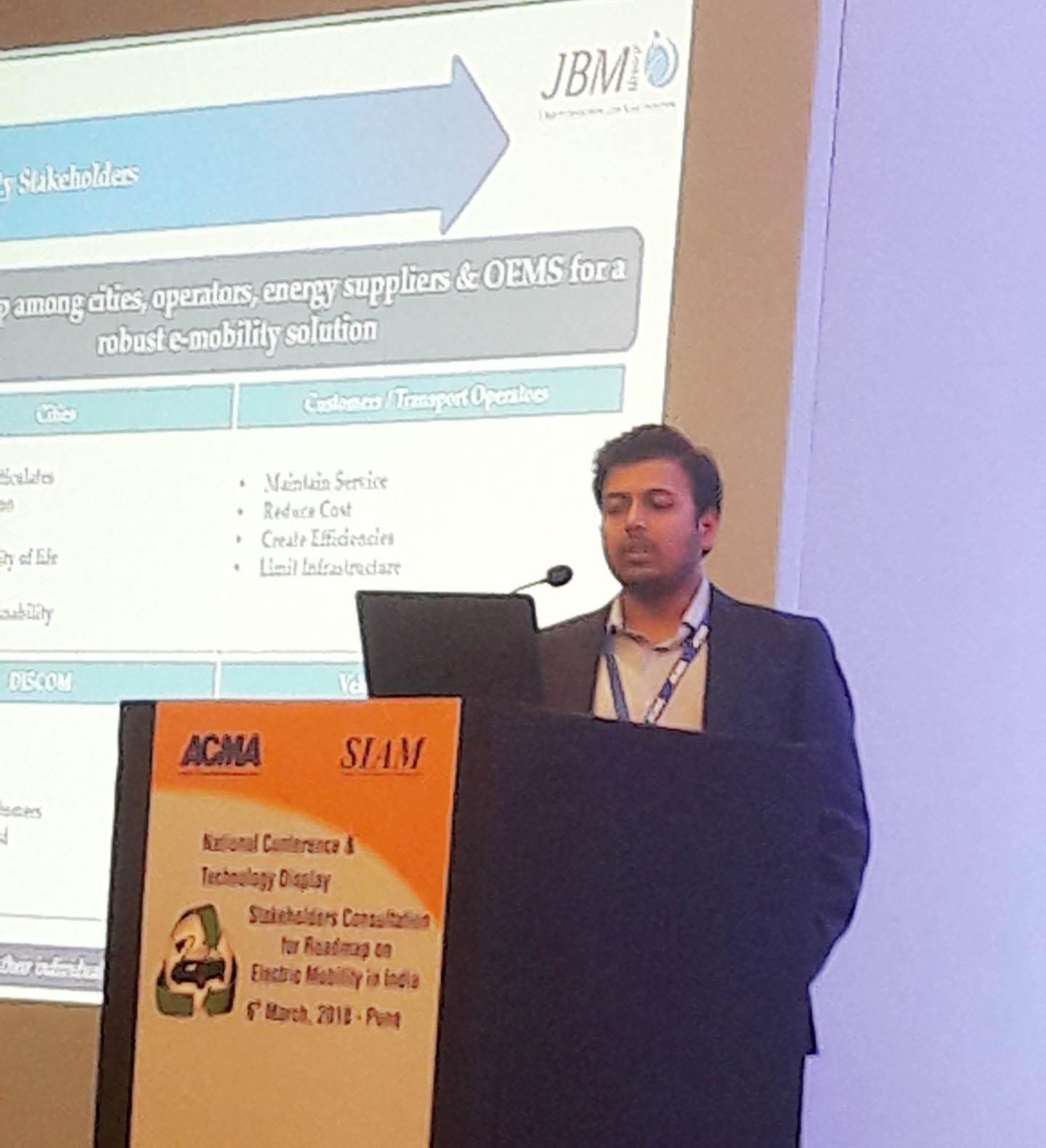
“Battery pack, power electronics and distribution, electric motors, transmission and other services are a few heads which the existing supplier ecosystem can explore and evaluate to venture into in the future to ready itself for the EV regime,” pointed out Arya of the JBM Group (pictured above).
“The opportunities around the manufacture of components (electric motors, controllers, electric HVAC, chargers, high voltage electrical parts, software integration and others) for EVs can be explored in the phased manner as the volumes grows overtime,” he added.
According to him, the localisation of battery technology will happen via three phases, wherein phase one will include assembly of battery pack and integration with the battery management software (BMS). It is understood the Indian auto industry is currently in its first phase of the setting up of the battery supply ecosystem.
CHALLENGES AND OPPORTUNITIES
Shah of Gabriel India presented a useful analysis of the opportunities and challenges for the auto suppliers under the EV regime. “The shifting value equation from mechanical to electronics and software is the single biggest challenge in itself for the supplier community. The new operating and product requirements are very different than what they were in the past. Then the pricing challenges also prevail. However, the opportunities are no less. Suppliers associated with battery and battery management will enjoy most benefits, the suppliers will be required to be agile and capable of competencies around electronics domain as the OEMs will look for sub-system suppliers,” he elaborated.

According to him, charging stations, station and security, software around charging technologies and recycling and reuse of batteries are going to be a few emerging opportunities in the future.
“The electric mobility impact is for real and it will affect all the stakeholders. To survive the product and environment knowledge is critical and the ability to collaborate and co-create is taking the center stage,” said Shah giving his recommendations on the approach the suppliers must take up to remain relevant in the fast evolving industry.
Meanwhile, all eyes are going to be on the second part of the FAME India scheme, which is understood to be tabled soon by the department of heavy industries (DHI, Government of India). Sources say that the government is taking into consideration the all the inputs provided by the automotive industry from the implementation of the FAME India scheme so far.
According to ACMA, the Indian automotive component industry has been growing at a CAGR of 7 percent over the last five years, and provides direct and indirect employment to about three million people. The auto ancillary sector is understood to have cumulatively invested about USD 13 billion in the last 10 years, and it aims to further invest around USD 30 billion in the medium term until 2026. On the export front, the Indian auto component industry has set its target to increase its exports to USD 70-80 billion and employ over nine million people by 2026.
RELATED ARTICLES
IIT Bombay inaugurates Arun Firodia Research Floor
IIT Bombay, one of India’s top technical and research institutions, honours Kinetic Group chairman Dr Arun Firodia, one ...
Maruti Suzuki expands capacity at Manesar plant by additional 100,000 units
New assembly line at Plant A expands total manufacturing capacity at the Manesar plants to 900,000 units per annum. Alon...
Hyundai and Kia partner Exide Energy to produce LFP batteries in India
Partnership with Exide Energy enables Hyundai Motor and Kia to equip future EVs in the Indian market with locally produc...





 07 Mar 2018
07 Mar 2018
 9052 Views
9052 Views



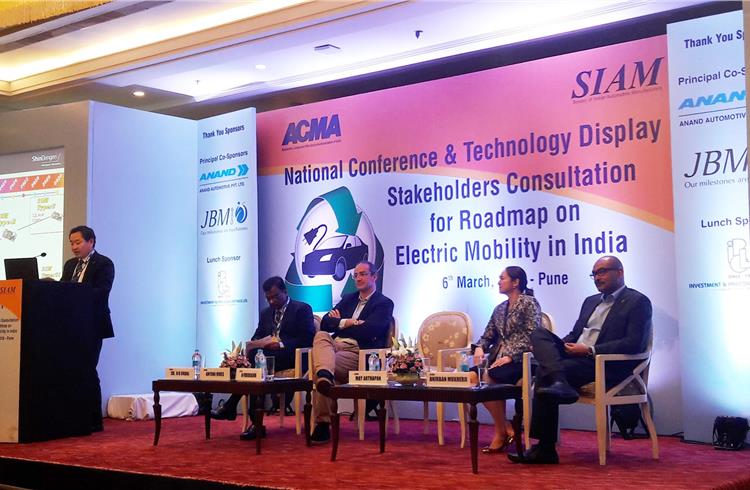
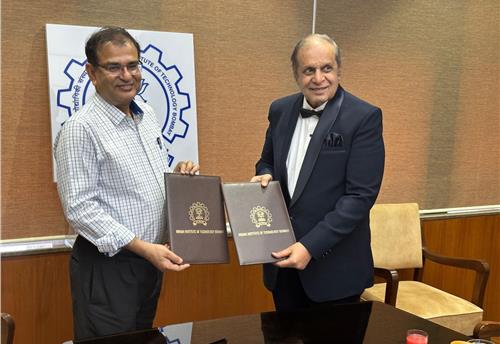
 Autocar Pro News Desk
Autocar Pro News Desk

